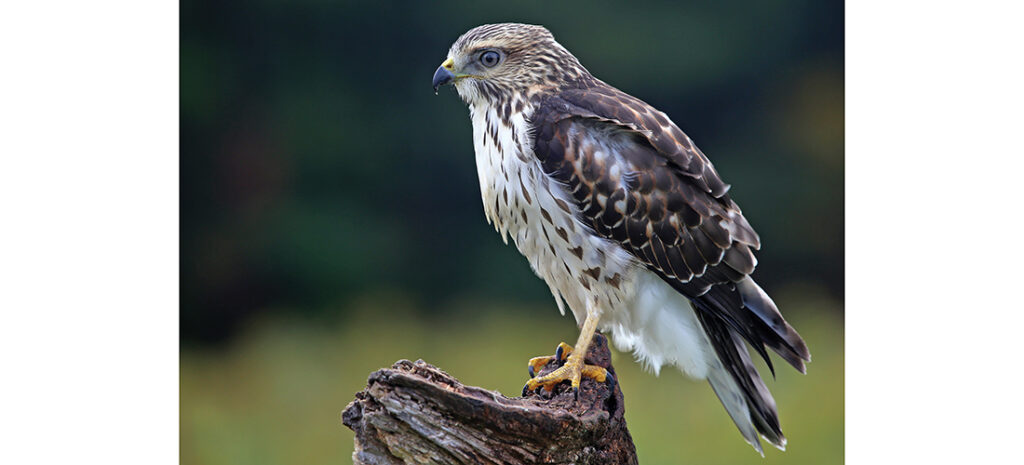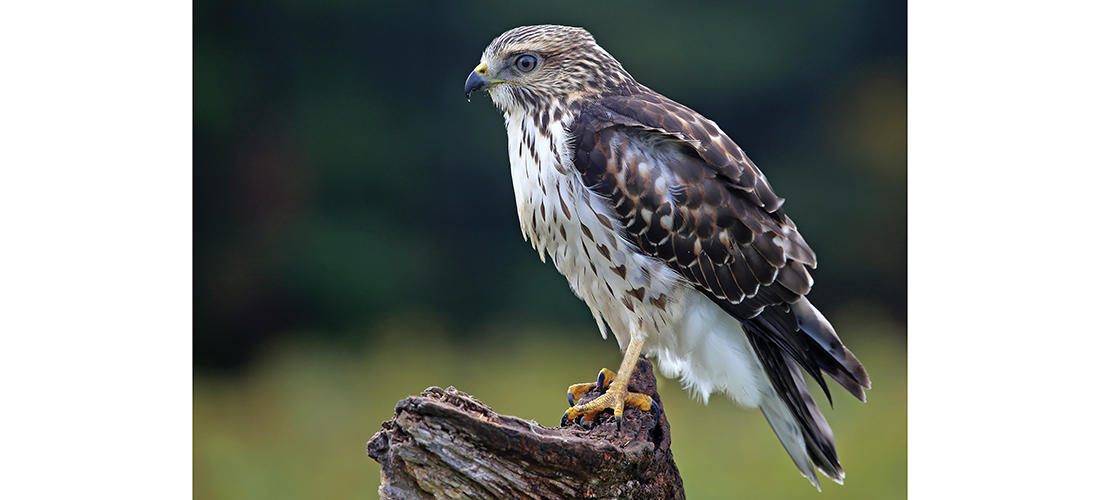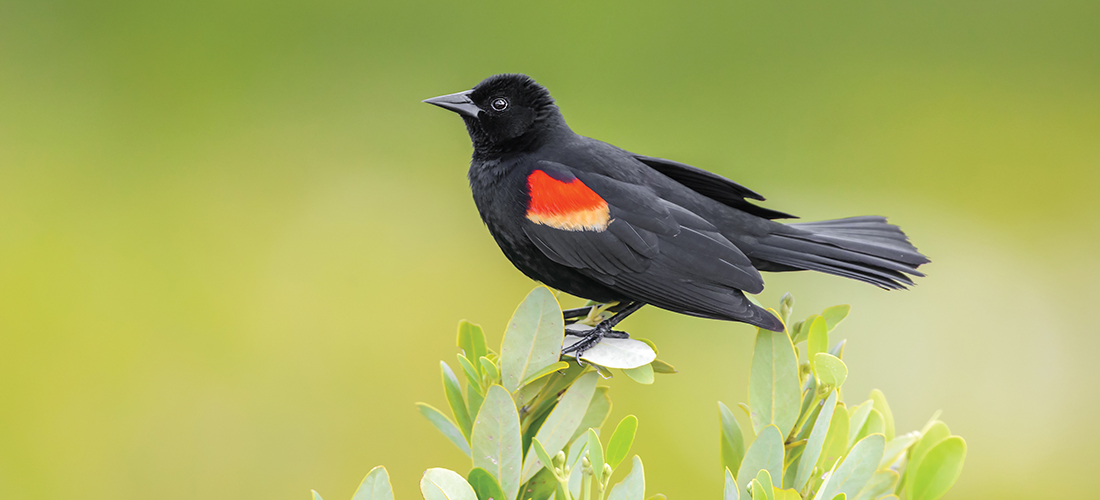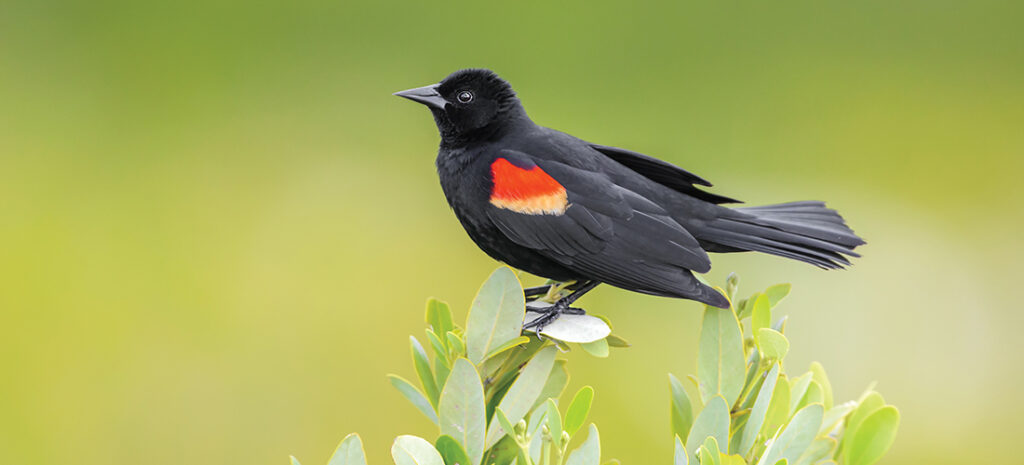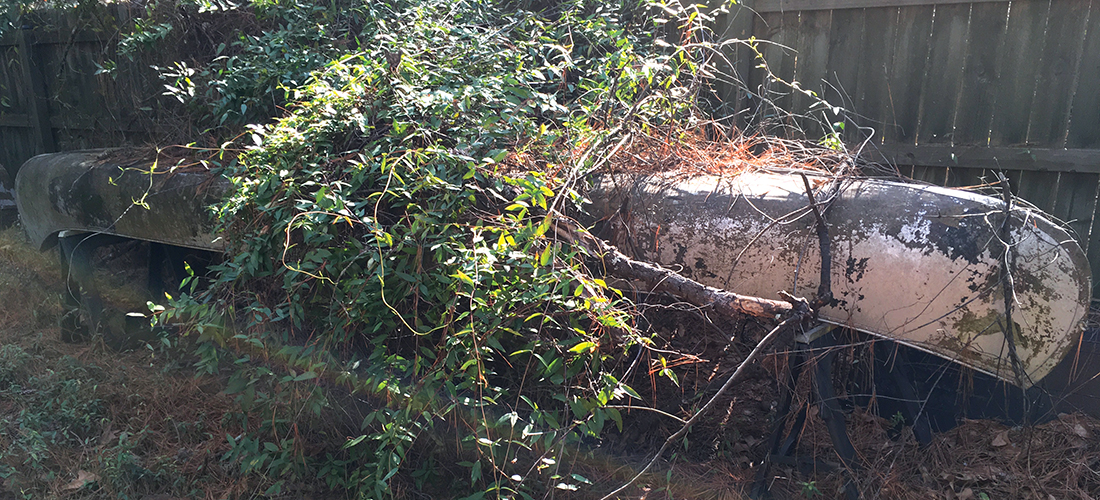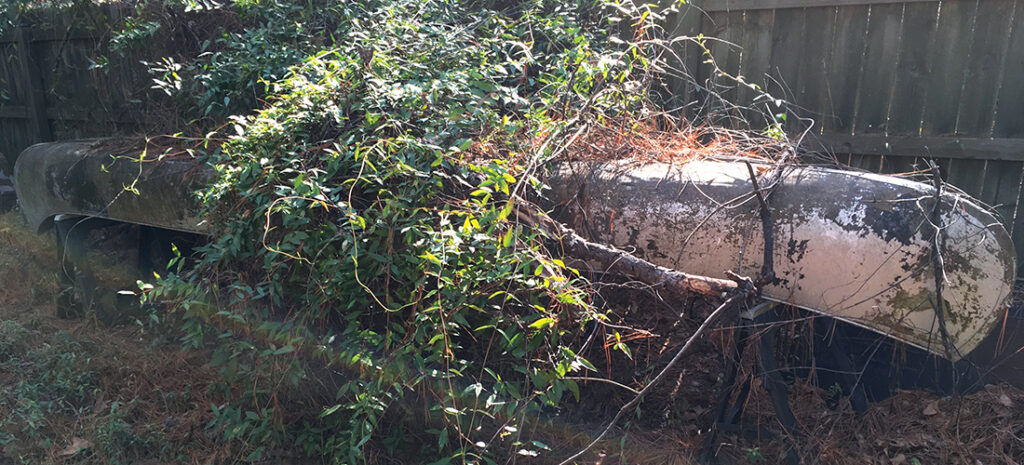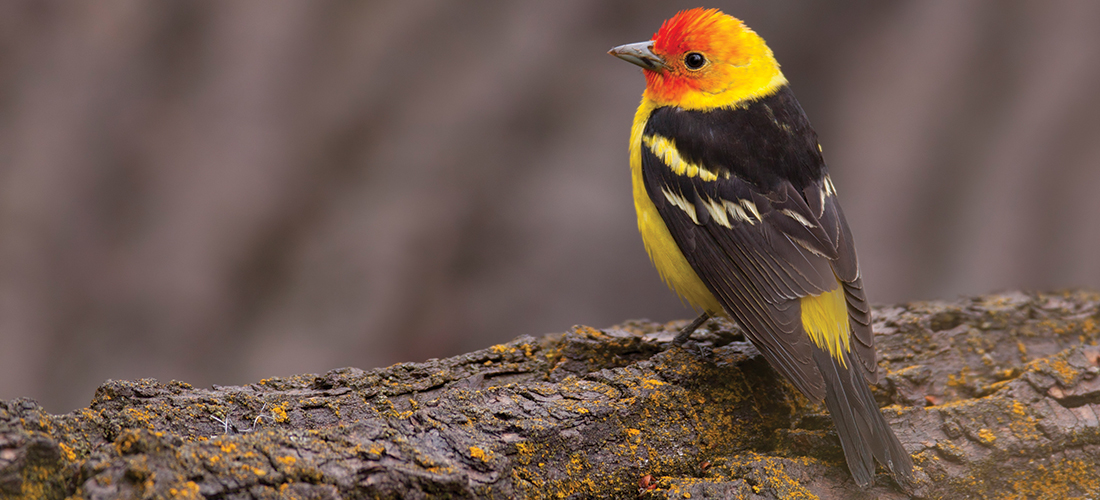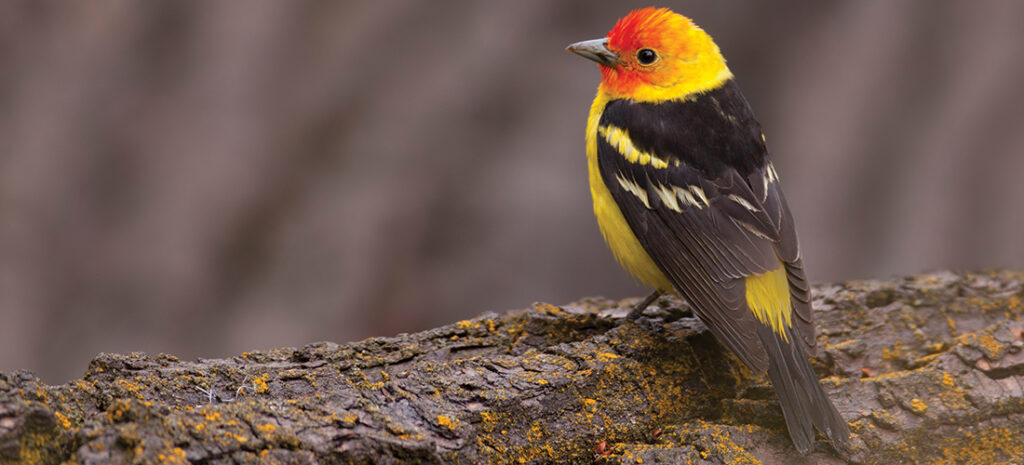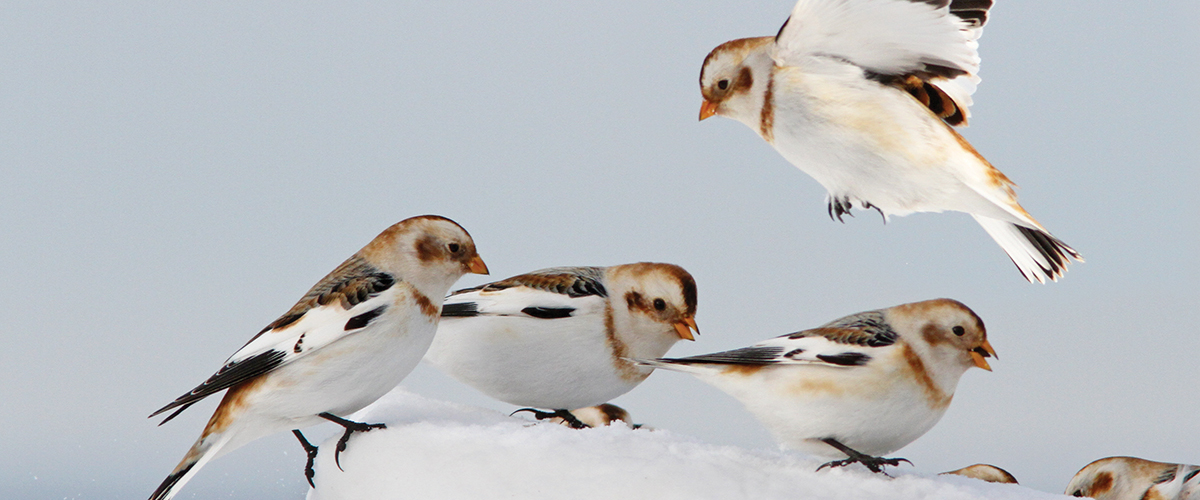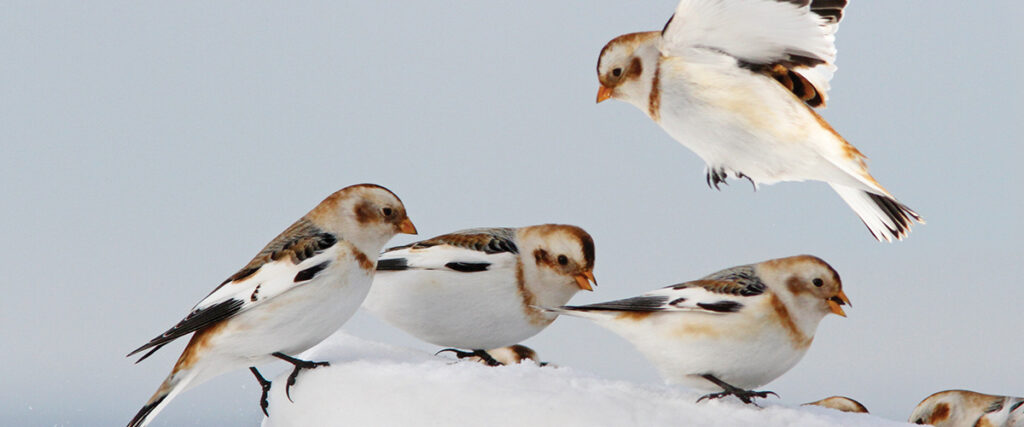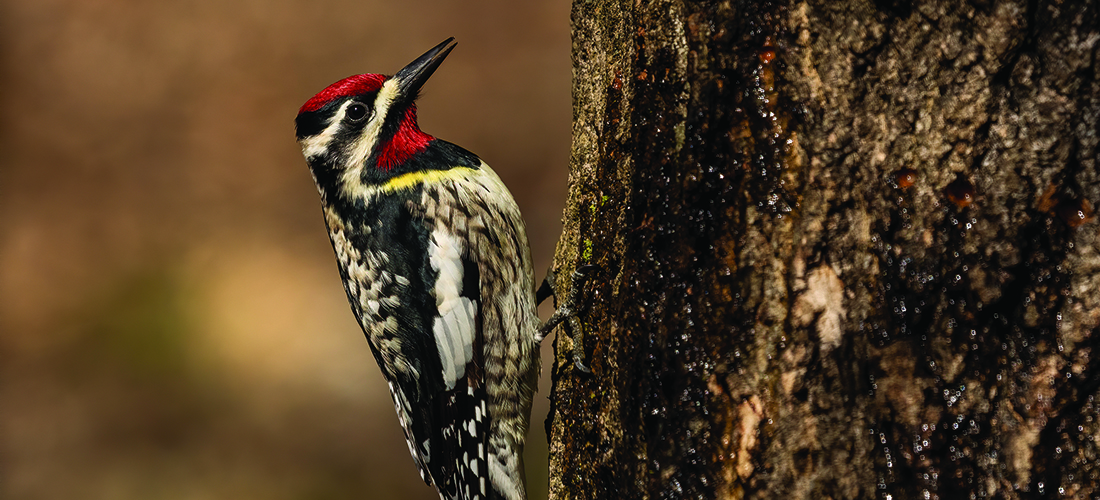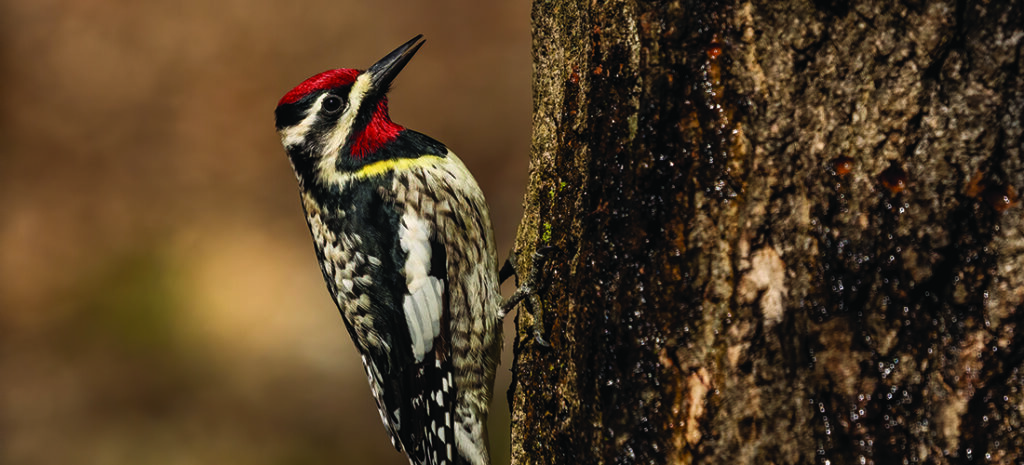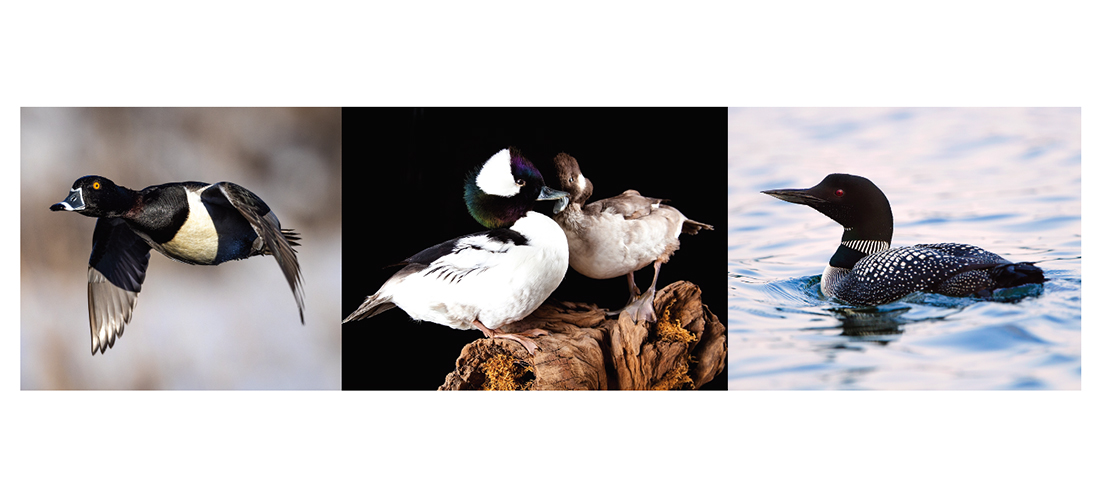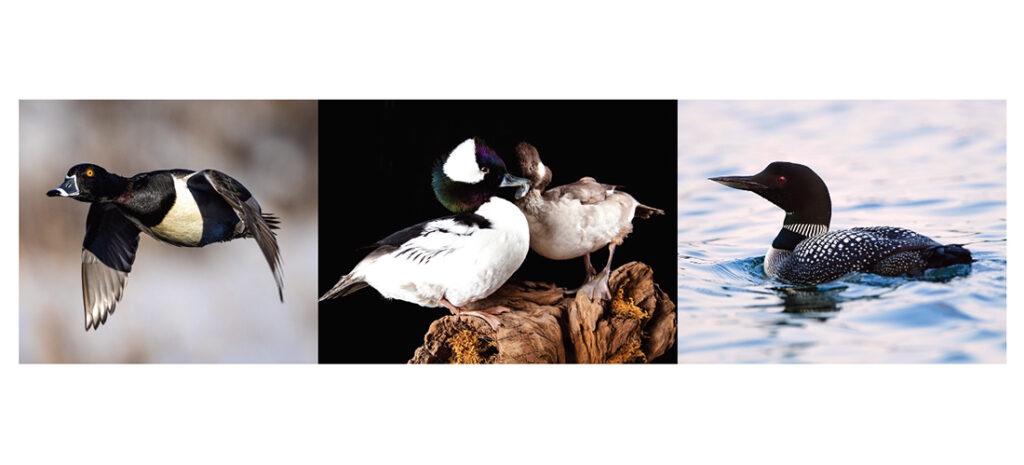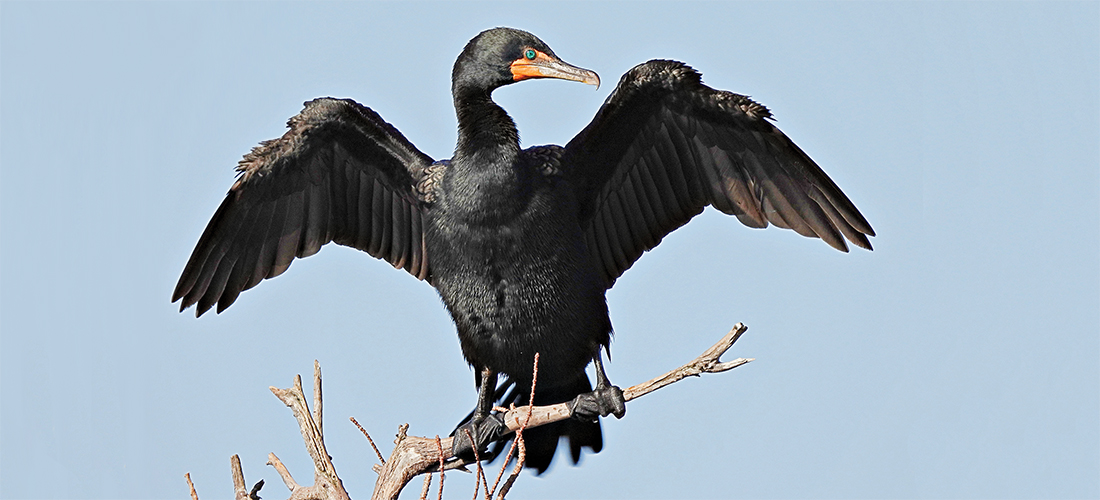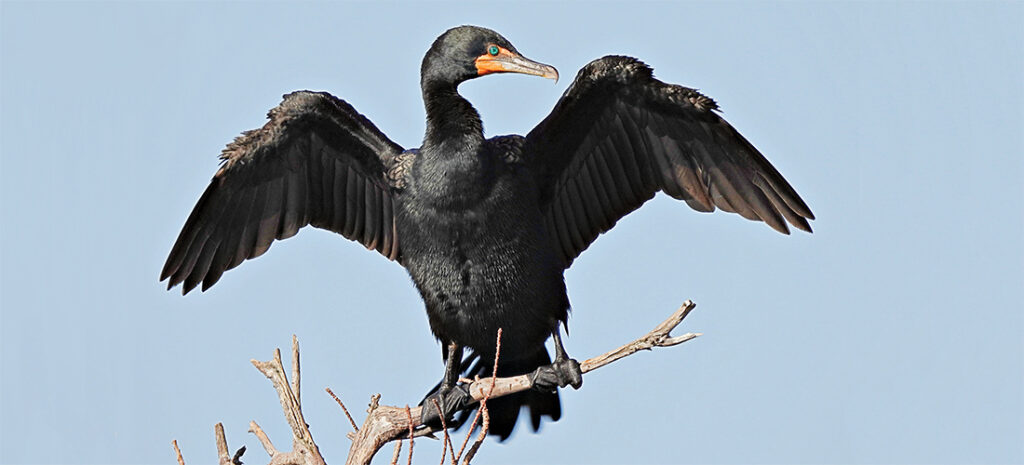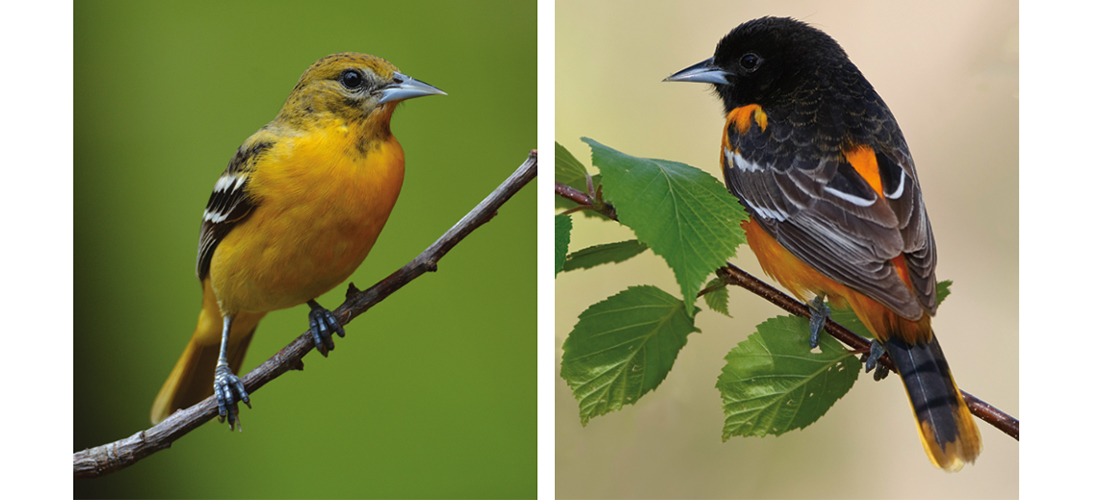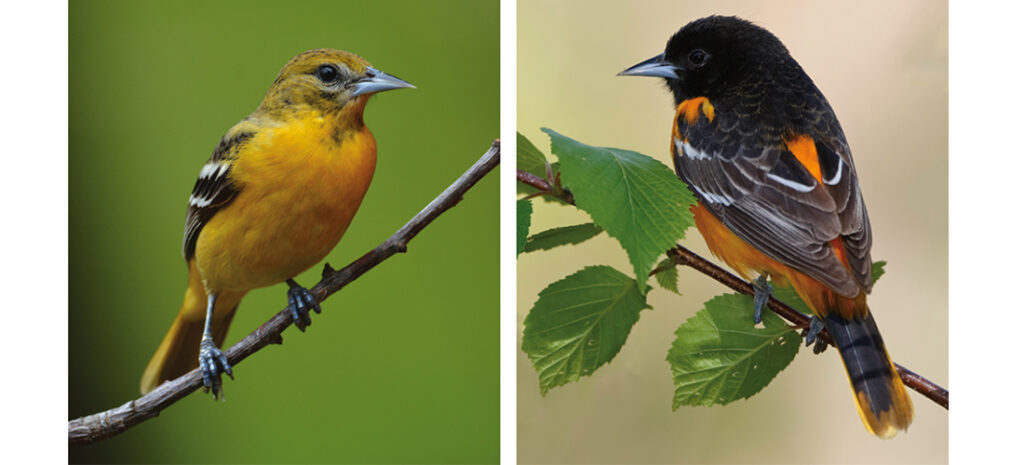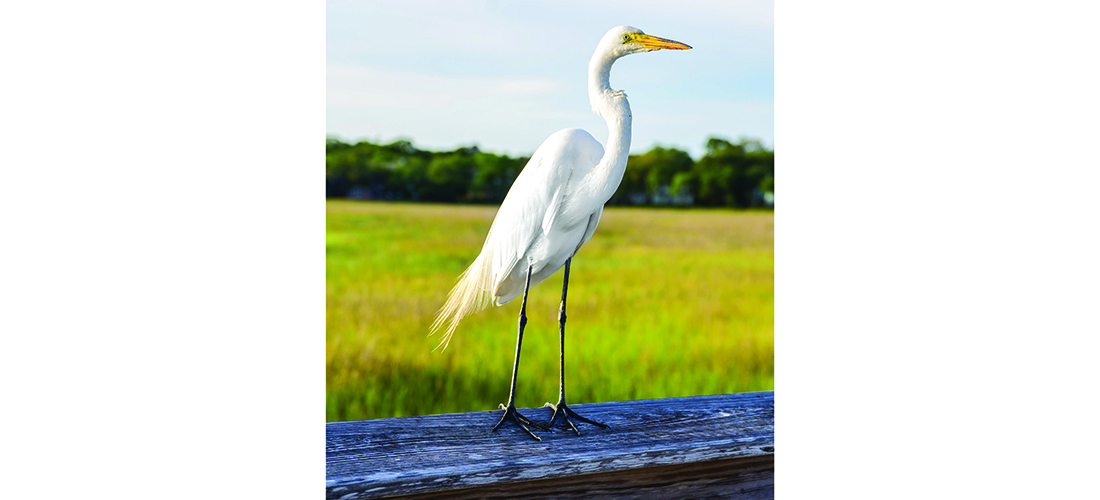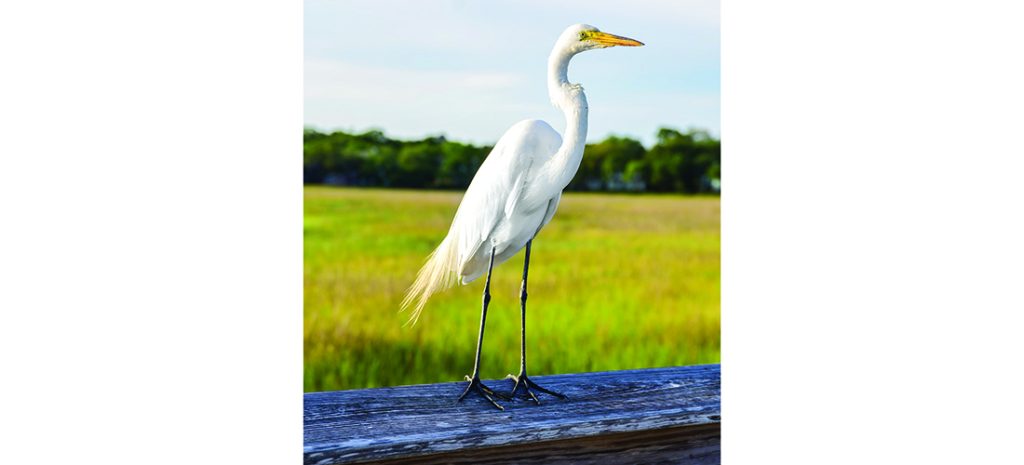Making the Fleet Shipshape
Taking advantage of a little downtime
By Tom Bryant
“Like the Old Man said, there is nothing like being alone on the water in a boat of your own to learn the value of peace, quiet, and responsibility.” — Robert Ruark, The Old Man and the Boy
Linda and I call March the Bryants’ transition month. Toward the end of February, we would normally leave for Florida in the little Airstream, hoping to be far south before March roared like the proverbial lion.
We liked the west coast the most because it seemed to be more like the old Florida we used to know. Fishing was the put-up reason for turning into snowbirds, but really I think it was just escaping the fickle month of March, and enjoying a little warmth and salt water that really sent us on our way. Later, around the first of April, our wanderlust temporarily sated, we would hook up the compact camper, fire up the Cruiser and make a leisurely trip back to North Carolina, until it was time to head to the beach.
This year, though, was gonna be different. My right knee had given up the ghost, so I was to have replacement surgery and then be as good as new. Only problem was the time involved in getting everything back to working the way it should. So, what to do while healing and learning to walk again? I decided I’d do a little inventory, maybe get rid of some stuff that was outdated, if there is such a thing. Linda, my bride, accuses me of never throwing anything away. I disagree. If I’ve used it once, I’m liable to use it again, and there is nothing worse than needing an item and realizing I disposed of it long ago. So I always think long and hard before any of my stuff hits the scrap pile.
A good example would be my ancient, beat-up Grumman canoe resting in the backyard on a couple of sawhorses right up next to the fence. Now the great thing about an aluminum boat is it’s almost indestructible. To prove the point, just look at old SS Haw River. Every boat has to have a name, so I named the canoe Haw River. She saved a friend and me from drowning a time or two in deadly white water rapids on the Haw. Her very first adventure was on that river up in Alamance County where she proved her worth on a river at flood stage.
Three of us were on what Linda calls another misadventure. The plan was to float the Haw River until it merges with the Cape Fear and comes out in Wilmington. Good plan, except the misnomer float would be like comparing a bull ride to a soft canter on a well-disciplined Tennessee walking horse.
To keep a long, almost deadly, story short, somewhere down close to Pittsboro, old Haw became lodged between two massive boulders, where she promptly tossed her passengers out in the raging current, luckily close enough to a narrow island to be able to scramble up the bank.
We saved what gear we could that evening and spent the night on the little spit of land. The next morning, we swam off to safety. All the little adventures that happened during our rescue is another tale, one that was picked up by the local newspapers. But I diverge from the real point: Old Haw was rescued, and her broken keel was fixed, almost good as new. She ushered us down many more rivers, lakes and bays.
So during this time of rest and recuperation, I’m going to dig her out from under the persimmon tree vines, dust her off (well, it’s gonna take a little more than dusting), and get her recommissioned in the fleet.
The fleet is what the bride calls an accumulation of watercraft resting in our backyard. There’s the old SS Haw River. Then a 16-foot aluminum skiff that my dad gave me early in my fishing days; and resting right close is a 12-foot, wide-beamed, low-to-the-water duck boat named the Widgeon. There is also a Keewaydin canoe designed especially for whitewater. I bought this canoe late in my whitewater paddling career when it seemed as if I was “determined to kill myself” — a direct quote from the bride.
I did spend a lot of my outdoor time on rivers, creeks, lakes, bays, and even the ocean, but mostly on waters that would not be too much for a canoe to handle. If I was to blame anyone for my obsession with a love of rivers and creeks, it would have to be my grandfather.
Granddad’s place in South Carolina has been in the family for generations. It’s a working farm that is still part of the family, and its borders ranged from the banks of Black Creek to the dark waters of the Little Pee Dee River and all points in-between. In a youngster’s mind it was a lot of land. And with Black Creek and, more importantly, Little Pee Dee River, there were lots of opportunities to paddle.
There was one adventure on the Little Pee Dee where I was able to help Granddad add to his own personal watercraft. It was a day like many others on the river. We were up and at ’em early, motoring up the river 4 or 5 miles, then floating back down to Granddad’s river shack, fishing all the way.
Late in the day and a little over halfway back to our put-in point, we decided to take a side trip and investigate a small pond in a cut off the main flow of the river. There are a lot of those in some stretches of the Pee Dee, and now and then we would check them out, sometimes catching a boatload of redbreast fish. This one, though, proved to be a disappointment, and Granddad said, “One more cast there, Bubba, and then let’s head to the barn. It’s getting late and we’ve got to clean these fish for supper.”
I threw my favorite lure under a low-hanging cypress limb, started reeling in and got hung up on something solid just under the surface of the black water. When we paddled over to where the lure was hooked, I could see that my favorite lure was securely snagged to what looked like a log.
Granddad checked it out after I dislodged the lure and said, “I’m gonna get help from your uncles and we’re coming back to get this thing. If I’m not mistaken, son, you’ve hooked a dugout boat.”
Sure enough after my Uncle Hubert and Uncle Tommy helped Granddad drag the ancient dugout boat back to the fish camp, it proved to be an amazing vessel. It was 16 feet long and about 5 feet in the beam, and carved out of an amazingly old cypress. After sitting on dry land for an entire year, it was as seaworthy as the day the long-ago Indians carved it from a felled tree. My uncle’s children still have the prehistoric craft resting in one of the outbuildings on their farm.
Having boats is a tradition in our family, and during this down time, I’m determined to get my fleet shipshape. PS
Tom Bryant, a Southern Pines resident, is a lifelong outdoorsman and PineStraw’s Sporting Life columnist.
